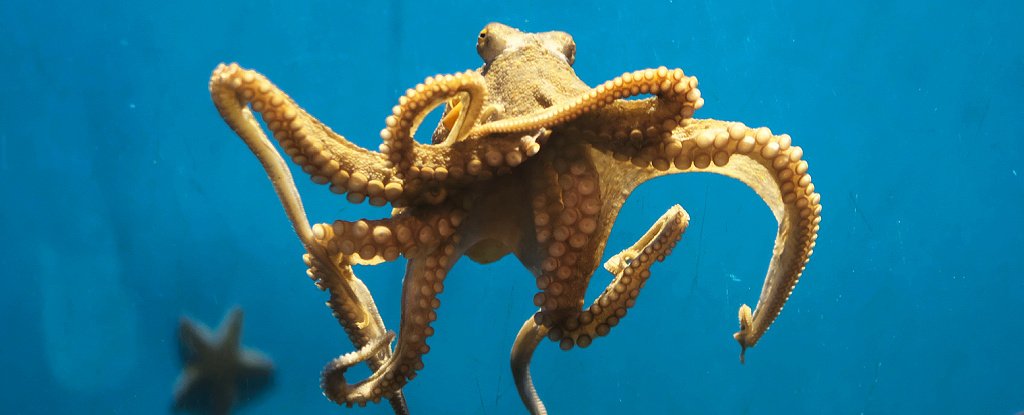

Squid usually travel in groups and can be found in the sunlit zone and the twilight zone. Some can change color, some use bioluminescence to create light, and some shoot ink to cloud the water and lose predators. They have a sharp beak on their mouths that they use to break open shells. The squids' two tentacles are specially adapted for feeding and they use them to grab their prey. Squid have very good eyesight and may even be able to see in color. Squid suck water into a long tube called a siphon and then push it back out. Squid are very fast swimmers and use a kind of jet propulsion to move. Some smaller species that live in warmer waters live between 4 and 6 months. Dofleini or the Giant octopus lives up to five years.

At a temperature of 10 degrees Celsius, the O. Squid range in size from under an inch to more than 60 feet in length! They have long, tubular bodies and little heads. For instance, octopuses that live in colder waters live much longer. Unlike most molluscs, octopuses do not have hard shells to protect. Two of their arms are longer than the other eight and are called tentacles. Octopuses are invertebrates (animals without backbones) that live in seas and oceans. One other well-known octopus found in SA waters is the blue-ringed octopus, which is one of the state’s most venomous animals.Squid are mollusks like clams and oysters but they have no shells on the outside of their bodies! They have a shell inside their bodies called a pen. For camouflage they can change both their texture and colour.Watch how they use their ridiculously smart skills to catch a crab. They are closely related to squid and cuttlefish, but are considered the most intelligent of the bunch.The suckers can taste the difference between sweet, sour and bitter, and can feel if something's rough or smooth. The common octopus ( Octopus vulgaris), found along the east coast of the U.S., is much smaller, growing up to about. It has an arm span that can reach 14 feet (four meters). They explore with their arms and suckers. The giant Pacific octopus (Enteroctopus dofleini), found off the Pacific coast of the United States from California to Alaska, is the largest octopus species in the world.The female octopus produces one egg mass and dies soon after the eggs have hatched.Most octopuses live for about 18 months.These dens arent used for long term on average individuals spend up to 35 days in one den. They create lairs or dens in crevices or coral rubbles within coral reefs. Big blue octopuses are found living in muddy, sandy, or rocky bottoms, and in seagrass beds. The giant Pacific octopus, one of the two largest species of octopus, may live for as much as five years. Big blue octopuses are commonly found in coral reefs at depths of 1 to 100 meters. Octopuses have a relatively short life expectancy some species live for as little as six months. What is the lifespan of an octopus Lifespan. They live in rocky reefs and seagrass beds in bays and coastal waters. To do this, octopus use a protein called protein acetylcholinesterase, or AChE.Here are eight fast facts about octopuses: But did you know that their oesophagus go through their brain? Then read on. If you’re a know-it-all, you're probably aware that they're called octopuses and not octopi. Octopuses may not be easy to find, but their bizarrely beautiful rounded bodies, bulging eyes and eight long arms are a sight worth your time.

But brush up on your ‘Where’s Wally’ skills – the octopus is a master of disguise, just like Hank from Finding Dory. You can spot the eight arms – not tentacles – of the eighth smartest animal in the world underwater at any of SA’s metropolitan and regional beaches.Īll you need to do is dive or snorkel around the jetties.


 0 kommentar(er)
0 kommentar(er)
